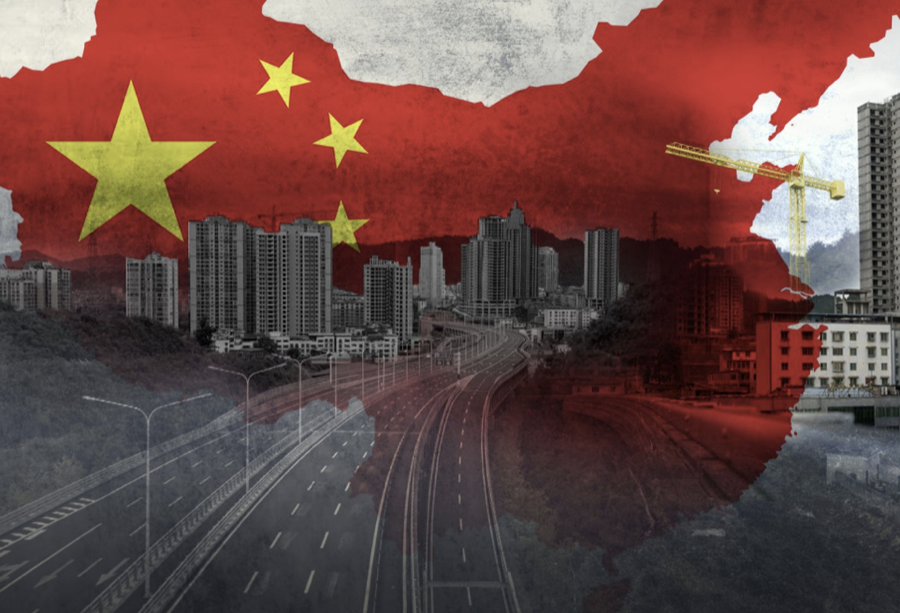In a challenging economic landscape, China’s external trade has faced yet another setback in August. The latest figures, driven primarily by sluggish foreign and domestic demand, mark the latest in a series of worrying indicators pointing to a concerning slowdown in the country’s economic activity.
Export Woes
Historically, China’s exports have been a pivotal driver of its growth, but the trend is taking a worrisome turn. Year-on-year, exports have dropped by 8.8% in August, following a contraction of 14.5% in July.
Aside from a brief uptick in March and April, China’s overseas sales have been consistently declining since October 2022.
The international demand for Chinese products remains lackluster, coupled with a sluggish economic recovery within the country. The looming threat of recession in Europe, combined with soaring inflation, contributes to the dampened international appetite for Chinese goods.
Geopolitical tensions with the United States and Western countries’ efforts to reduce their reliance on China and diversify their supply chains also play roles in the decline of Chinese exports.
Import Conundrum
On the flip side, China’s imports have faced their tenth consecutive month of decline in August, down by 7.3% year-on-year. This reflects weak domestic demand, though it’s a milder contraction compared to the 12.4% drop in July. Consequently, the trade surplus for the world’s second-largest economy narrowed to $68.3 billion (€63.6 billion) last month, down from $80.6 billion a month earlier.
The Broader Picture
The dip in external trade adds to a slew of negative figures reported over the summer. Besides the plunge in exports, Beijing has announced a slowdown in production, negative territory in the price index, and a spike in youth unemployment, reaching a record level of over 20% in June, according to official data that has been suspended since.
China’s economic growth is further hampered by its troubled real estate sector, with an increase of only 0.8% between the first and second quarters of 2023. In July, Chinese authorities introduced stimulus measures, yet investors have remained disappointed. There’s a desire to see Beijing take more substantial actions, a move the government hesitates to make to avoid worsening debt levels.
In summary, China’s external trade continues to grapple with challenges, reflecting broader concerns about its economic performance. With a subdued international demand and domestic recovery, coupled with global uncertainties and geopolitical dynamics, the road to economic stability remains uncertain for the world’s second-largest economy.
FAQs
Q: What’s the reason behind China’s declining exports? A: China’s exports have been declining due to sluggish foreign demand, a slow domestic economic recovery, European recession threats, high inflation, geopolitical tensions, and efforts by Western countries to reduce dependence on Chinese goods.
Q: Why are China’s imports also falling? A: China’s imports have been declining primarily due to weak domestic demand, though the rate of contraction in August was less severe compared to July.
Q: How is China’s economic growth affected by these trade issues? A: China’s economic growth is challenged by a range of issues, including declining exports, a troubled real estate sector, and reluctance to increase stimulus measures to avoid exacerbating debt levels.

